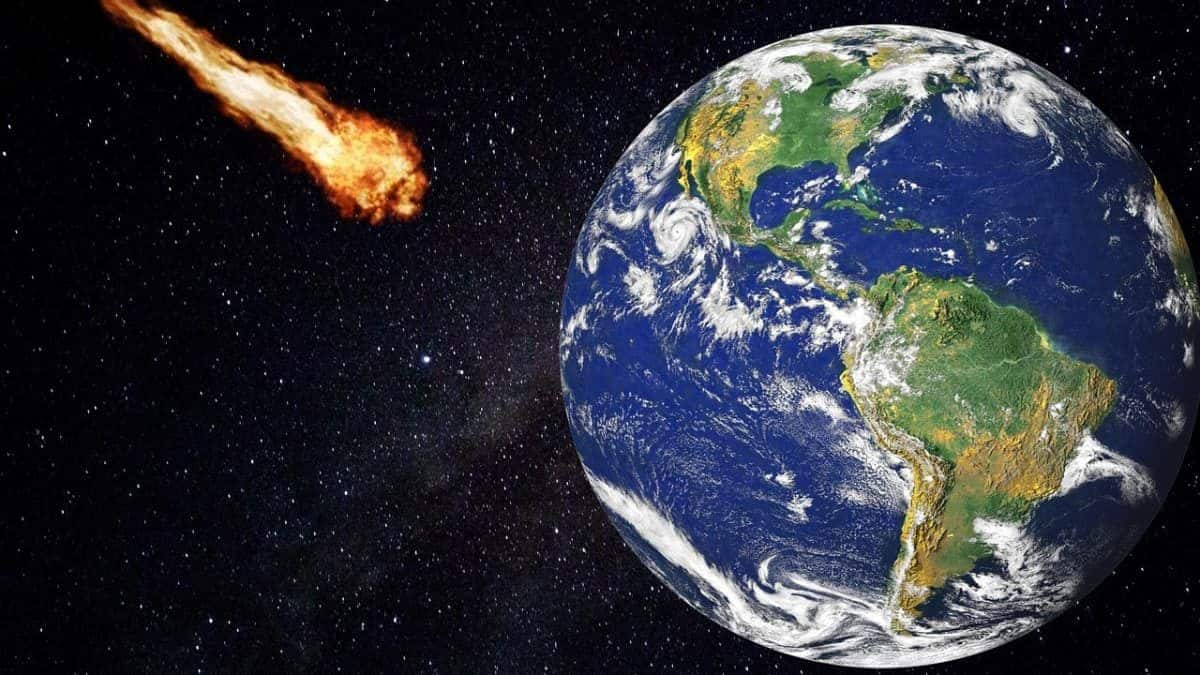
Comet impact may have triggered global firestorm 12,000 years ago
What's the story
A recent study has revealed that a comet impact ignited the Earth approximately 12,000 years ago. This celestial event is etched in our planet's geological history, preserved in layers of dirt and stone. The study provides further evidence supporting the Younger Dryas Impact hypothesis. It suggests that a cosmic airburst from a fragmented comet triggered an environmental shift during the Younger Dryas period.
Impact traces
Evidence of comet impact found
Scientists discovered traces of cosmic airbursts at various sites in the eastern US, including New Jersey, Maryland, and South Carolina. The evidence collected includes materials like platinum, microspherules, meltglass, and shock-fractured quartz. "What we've found is that the pressures and temperatures were not characteristic of major crater-forming impacts but were consistent with so-called 'touchdown' airbursts that don't form much in the way of craters," said Professor James Kennett, who led the study.
Climate insights
A window into climate shifts
The Younger Dryas period is of significant interest to climate researchers, as it provides valuable insights into potential rapid changes within Earth's climate system. This period marked a sudden return to icy conditions on Earth's surface, disrupting the gradual warming trend following the last Ice Age. These icy conditions persisted from around 12,900 to 11,700 years ago, demonstrating the interconnectedness of terrestrial, atmospheric, and oceanic systems.
Environmental impact
Global effects of the Younger Dryas period
The abrupt climatic change during the Younger Dryas period had significant global effects. It not only altered vegetation layouts but also led to the extinction of various large animal species. The end of this period was as sudden as its onset, with temperatures in Greenland climbing by 10 degrees Celsius in just 10 years, marking a dramatic shift in Earth's climate system.